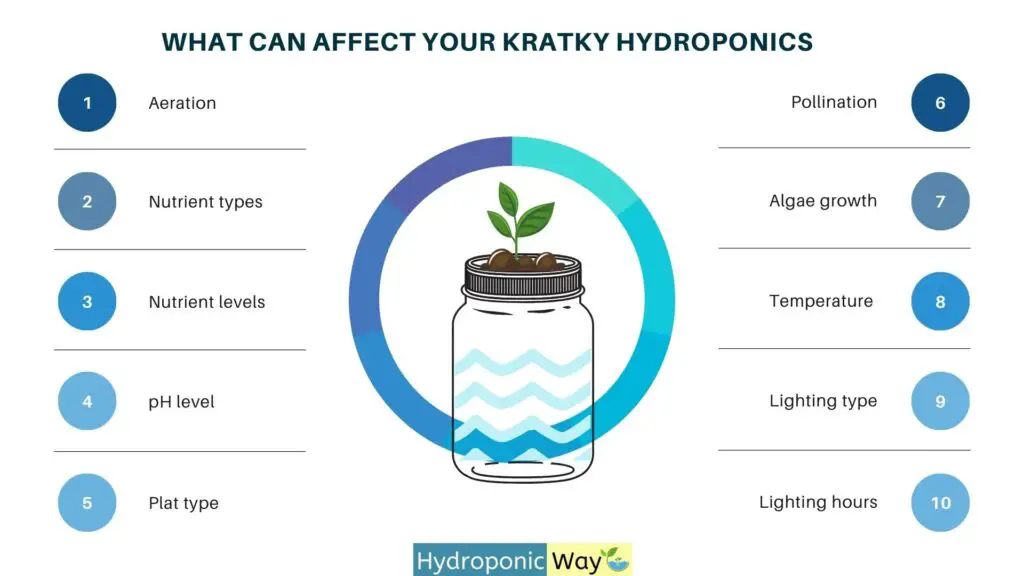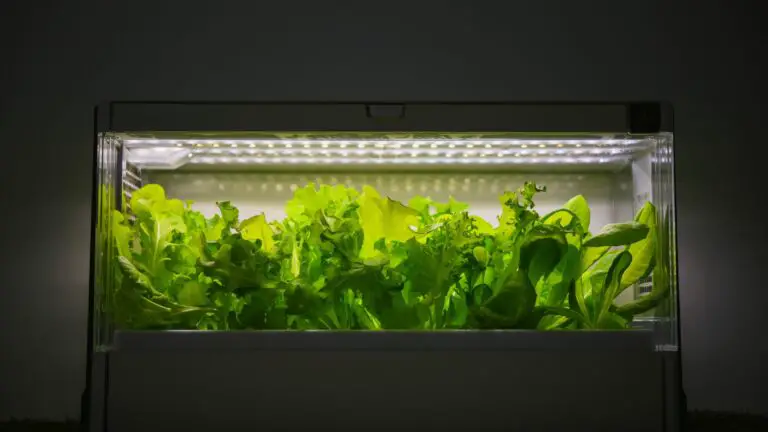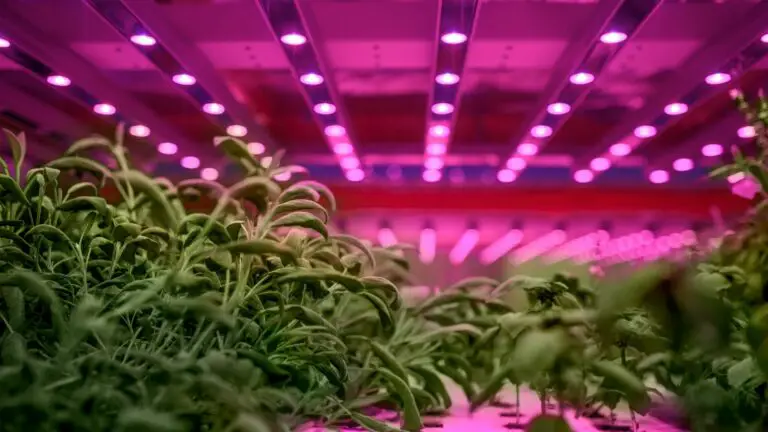How to Make Kratky Method More Efficient and Effective
Disclosure: Your purchases through our links may earn us a small commission, supporting our site’s ability to provide valuable information to our readers. Rest assured, it won’t impact your price. Thank you for your support.
The Kratky method is a passive hydroponic growing technique that has been gaining popularity in recent years. It is a simple and effective way to grow plants using water and nutrients, with no pumps or other equipment required.
The Kratky system is often unsuccessful for beginner gardeners. However, there are ways to make the Kratky method more efficient and effective. This blog post will explore some of these ways and help gardeners in their Kratky system.
Read: How to Grow Kratky Method Plants: A Passive Hydroponic System
Why Might the Kratky Method Not Be as Efficient or Effective as Desired in Some Cases?
Few reasons can result in the Kratky Method not working as efficiently or effectively as it should.
1 . The size of the container used: If the container is too small, the roots will not have enough room to grow and breath, which can lead to problems.
- Insufficient aeration: The Kratky method relies on oxygen diffusing into the water from the air around it. Without enough aeration, this process will be hindered, and plants may suffer.
- Incorrect nutrient levels: If nutrients are too high or too low, they can prevent plants from getting the sustenance they need to thrive.
- pH level outside the range of optimal growth for plants: The pH level of the water can also impact plant growth. It can prevent plants from getting the nutrients they need if it is too high or too low.
- Growing the plant that not suitable : Some plants are not well-suited for the Kratky method and will not do well no matter how perfect the conditions are. When selecting a plant to grow using the Kratky method, choosing a plant that will thrive in a hydroponic system is crucial. Read 5 vegetables to grow with the kratky method to learn more.
- Pollination issues: In some cases, plants may not be able to self-pollinate properly when grown using the Kratky method. This can lead to problems with fruit and seed production.
- Algae growth: Algae can sometimes grow in the water used in the Kratky method, and this can compete with plants for nutrients.
- Temperature fluctuations: The temperature of water can have a significant impact on the Kratky method. If the water is too hot, it can prevent plants from getting the necessary nutrients. Conversely, if the water is too cold, it can also prevent plants from getting the necessary nutrients. As a result, it is important to maintain a consistent temperature when using the Kratky method.
- Lighting: Lighting is an essential factor when using the Kratky method. The type of lighting used can affect the success of your garden. When it comes to light, the key is ensuring that your plants are getting the right amount. Too much light can cause problems, such as leggy growth or burned leaves. Not enough light can cause problems, such as stunted growth or yellow leaves. Before deciding on the light type, please read, grow light vs. sunlight and grow light vs. regular lights to learn more.
You may have experienced some of these problems if the Kratky method has not worked well for you in the past. Luckily, there are ways to improve the Kratky method and make it more efficient and effective. In the next section, we will explore how to address these issues.

How Can The Issues Be Addressed in Kratky Method?
There are a few ways that you can address these issues:
- Use a larger container: This will give roots more room to grow and breathe, which can help improve plant health.
- Improve aeration: If you felt that oxygen level is not upto the requirement you may need to improve the aeration of your Kratky system. This can be done by adding an air stone to the container or by simply ensuring that there is good airflow around the container. This will help to oxygenate the water and nutrients. This will help the plants to grow more quickly and also help to prevent root rot.
- Adjust nutrient levels: Ensure nutrients are at the correct levels for plants to thrive. You can do this by testing the water regularly and adjusting accordingly.
- Nutrient solution: Use a nutrient solution specifically designed for hydroponic systems. These solutions are usually more concentrated than those used for soil-based gardening, so they can provide your plants with everything they need to thrive without relying on soil nutrients.
- Adjust pH level: You can do this by testing the water regularly and adjusting the pH level accordingly. You can buy pH level adjusters available in the market for this purpose. This can help ensure that plants are getting the nutrients they need.
- Choose plants carefully: Some plants are better suited for indoor growing, while others do better outdoors. Here are five vegetables well-suited for the Kratky method: Lettuce, Tomatoes, Bell peppers, Cucumbers, Zucchini. Do your research beforehand to ensure that you choose a plant that will thrive in a hydroponic system.
- Supporting pollination : To avoid the pollination issues, you can hand-pollinate the flowers or use a small brush to transfer pollen from one flower to another. Learn more on how to choose the right hydroponic pollination method
- Algae control: Algae can be controlled by adding a small amount of bleach to the water or using an algae-control solution. You can also remove algae manually by scooping it out of the water.
- Appropriate temperature: Temperature can be controlled by using a fan to circulate the air around the container, placing the container in a cool location, or using a water heater to maintain a consistent temperature.
- Suitable lighting : Suitable grow lights can provide the right amount of light for your plants if you are growing indoor. LED lights are a good option, as they emit very little heat and use less energy than other types of grow lights. Fluorescent lights are another good option, as they emit more light than LEDs but still use less energy than traditional incandescent bulbs. Learn more on how to choose the right grow light for hydroponic plants?
- Using a timer for your lights: By using a timer for your lights, you can ensure that your plants are getting the right amount of light which is essential for proper growth. Using a timer can also avoid having to manually turn the lights on and off, saving your time and energy in the long run.
By following these tips, you can make the Kratky method even more efficient and effective. These simple changes can make a big difference in the success of your hydroponic garden!
Related:
How to Improve Your Yield Using the Kratky Method
The Difference Between Kratky and DWC Hydroponic Systems
How Often to Water Your Plants With the Kratky Method?
10 Advantages of Organic Hydroponic Nutrients in the Kratky Method
Passive vs. Active Hydroponic Systems: What’s the Difference?
You can learn what are the other cost effective hydroponic systems that can be DIY by reading 7 cost-effective, DIY hydroponics for home
Thank you for reading!
You may require some of these listed items for your Kratky method hydroponics. If so, click the below links and select the best product suited for your garden.
- Kratky containers – Large, Kratky containers – Small
- Air pump and Air stone
- Organic hydroponic nutrient solution
- Digital ph meters and EC, TDS meters
- pH adjusters for hydroponics
- Seeds for hydroponics (Lettuce, Tomatoes, Bell peppers, Cucumbers, Zucchini)
- Algae control solution
- Thermometer for hydroponics
- LED grow lights
- Timer for grow lights






